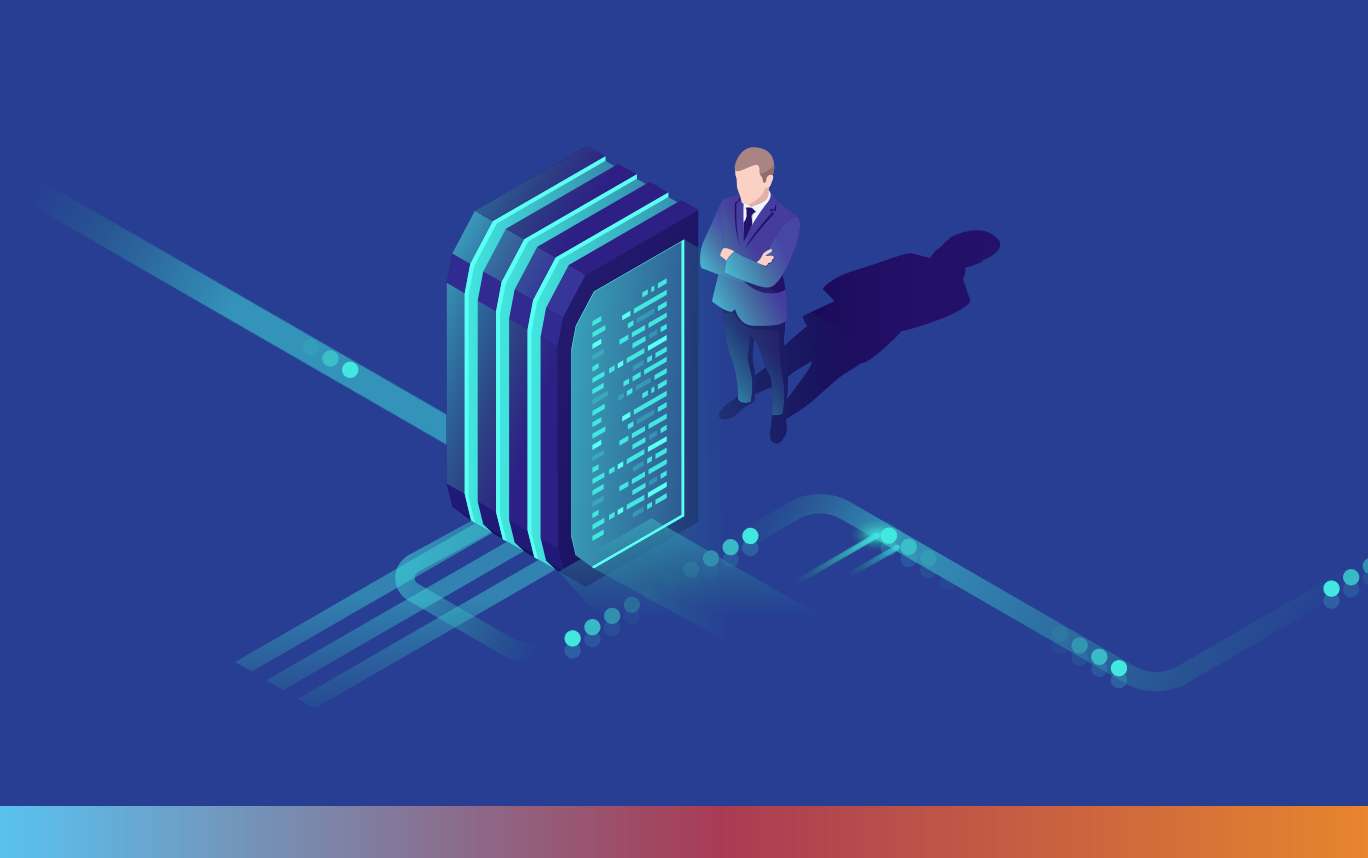We support leading insurance companies in their digital transformation, helping them adapt to an increasingly dynamic and demanding market.
What is a Full Stack IT Provider and what are its main challenges?

Ensuring the continuity of the systems that support the business is a complex task that requires collaboration between multiple providers, and that can sometimes result in a game of blame and responsibility that probably sounds familiar to IT managers. To put an end to this situation that does not add (rather subtracts) effectiveness from companies and patience from their workers, the trend towards outsourcing of IT services in a full stack model is emerging stronger than ever. A unified solution that allows you to identify, resolve, and work on an improvement plan that ensures the long-awaited stability and scalability of the systems, resolving any incident through a single window.
Therefore, having a full stack provider means that there is a single person responsible, from the infrastructure to the workplace, including connectivity, cyber protection and information protection, focusing more on SLAs (Service Level Agreements). what the business demands, than in the technological solution to implement. Of course, this does not mean getting rid of all the investment made in equipment and licensing, but based on what is already available, migrating (and reusing to a large extent) from a traditional model of acquisition and capital investment, to a subscription and pay-per-consumption model, so transparency and efficiency replace confusion, assuming full responsibility for comprehensive or modular management, in accordance with the outlined plan.
Therefore, in this post we will try to summarize the implications of being a full stack IT provider and the challenges inherent to the role.
Being a competent full stack provider means having a team of certified and experienced specialists in each area of supported technology. Exhaustive knowledge in areas such as the cloud, cybersecurity, and the impact of AI, along with effective governance, are crucial to advising the client on the best model that suits their needs. Not all solutions serve to solve the same problems. It depends on many other factors to take into account, such as size of the organization, need for 7x24 operation, different types of users and access (local, remote, hybrid, only employees or users external to the organization, etc.)
The strategy does not consist of discarding the installed technology, but rather improving its administration through this outsourcing or outsourcing model. This could involve updating existing technology or retaining current systems, but always seeking optimization and the most optimal use of resources.
Common Challenges of a Full Stack IT Provider
- The offer does not focus on the sale of technology, licenses or hardware, but on the delivery of Service Level Agreements (SLAs) that are established in the Work Plan and are defined down to the smallest detail in the Scope document. of the initial service (Statement of Work - SOW).
-
A key challenge is to ensure business continuity and 24/7 service availability through a NOC (Network Operations Center), with rapid response teams and decentralized systems.
-
Control panels for analysis and reporting are essential to monitor response times and trends, allowing fine tuning according to customer needs.
-
Implementing automatic alert and monitoring systems ensures proactive monitoring of service quality.
- Change management can encounter resistance within IT teams. Transparent communication and the inclusion of the team in the change process are essential to align them with the new strategies, turning them into allies.
The Future of the IT Provider
The evolution of the technology provider points towards the inclusion of professional services to manage the solution delivered to the client. Those that do not adapt will probably disappear, since it is clear that the client does not want to be delivered “boxes”, but rather “solutions”, giving way to Managed Service Providers (MSP), focused on clients maximizing benefits. of the acquired technology. The market demands suppliers that not only solve problems, but also anticipate them and are strategic partners in technological advancement.
The perspective of a full stack IT provider is comprehensive and spans from the initial connection to the end user's work environment, managing the entire technological spectrum. This adaptive and personalized approach has become vital for companies of any size and is reflected in the transition towards consumption models based on OPEX instead of CAPEX, evidencing the growing role of outsourcing in the IT industry.
For more than 20 years we have been serving organizations of all sectors and sizes, which have more than 50,000 to 50 users, with our own offices in more than 10 countries, which gives us unique coverage, knowledge, and experience. Few companies manage to offer global services while maintaining personalized attention and uniform standards for clients in various geographies and sizes. The same technology that a large Bank or Oil Company may be using is the same that any medium or small sized organization can access. If you want more information or for us to tell you personally how we do it, you can contact us here.

SGX Revolution represents a significant milestone in SerbanGroup's commitment to anticipate, reinvent itself, integrating as a service the solutions available on the market that satisfy the needs of its clients. For more information about SGX Revolution, do not hesitate to contact us, we are here to offer you personalized solutions that drive efficiency and innovation in your work environment. And the thing is, we have been leaders in the markets in which we operate for more than 20 years in everything related to the digital workplace and virtualization.




